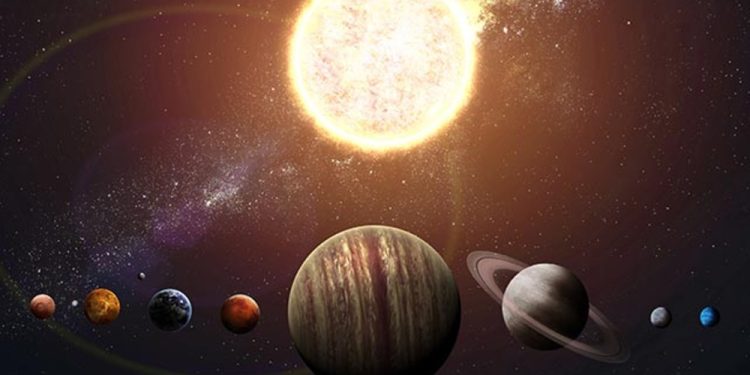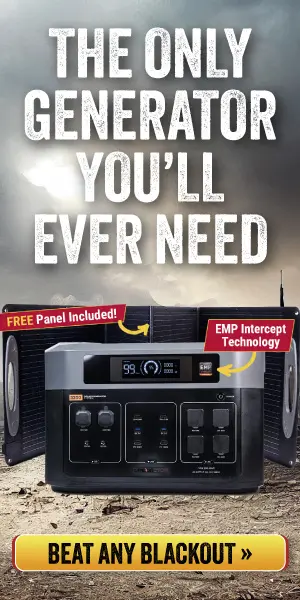- Fast Radio Bursts (FRBs) are intense, millisecond-long bursts of radio waves that release energy equivalent to the Sun’s output over several days. A new study suggests they may result from asteroids colliding with neutron stars, shedding light on their potential origins and the immense energy involved.
- The study proposes that FRBs could be caused by interstellar objects, such as asteroids or comets, colliding with neutron stars, the ultra-dense remnants of massive stars. These collisions release up to 10^29 joules of energy, enough to power humanity for 100 million years.
- While collisions between neutron stars and interstellar objects are rare in the Milky Way (occurring roughly once every 10 million years), the vast number of neutron stars and interstellar objects across the universe makes these events frequent enough to align with the observed rate of FRBs.
- The asteroid-neutron star collision theory explains single-occurrence FRBs but not repeating FRBs, which may involve neutron stars interacting with asteroid belts or debris fields.
- Beyond solving the FRB mystery, this research highlights the potential for studying extreme cosmic energy dynamics. While harnessing such energy is currently beyond human capability, understanding these processes could inspire new technologies and deepen knowledge of the universe’s fundamental forces.
(Natural News)—In the vast expanse of the universe, some of the most enigmatic phenomena remain shrouded in mystery. Among them are fast radio bursts (FRBs) – brief, intense blasts of radio waves that flash across the cosmos in milliseconds, releasing as much energy as the sun does in days.
Since their discovery in 2007, these cosmic signals have puzzled scientists, sparking over 50 theories about their origins.
Now, a groundbreaking study suggests that FRBs could be the result of asteroids slamming into ultradense dead stars known as neutron stars. This discovery not only sheds light on one of astronomy’s greatest mysteries but also hints at the staggering energy potential locked within these cosmic collisions.
What are fast radio bursts?
Fast radio bursts are fleeting pulses of radio waves that last anywhere from a fraction of a millisecond to a few seconds. Despite their brevity, they pack an extraordinary punch.
In that tiny window, an FRB can emit energy equivalent to what the sun radiates over several days. These bursts have been detected from all corners of the universe, with some estimates suggesting that up to 10,000 FRBs could occur across the sky every day.
Yet, their origins have remained elusive – until now.
The new research, led by a team of scientists including Dang Pham from the University of Toronto, proposes that FRBs could be the result of interstellar objects – asteroids or comets – colliding with neutron stars. These extreme stellar remnants, born from the explosive deaths of massive stars, are among the densest objects in the universe.
A single teaspoon of neutron star material would weigh 10 million tons on Earth.
Their immense gravitational and magnetic fields make them cosmic powerhouses, capable of releasing unimaginable amounts of energy when disturbed.
The neutron star-asteroid collision theory
The idea that asteroid impacts could trigger FRBs isn’t entirely new, but this study provides the most compelling evidence yet.
The researchers calculated that the collision of an asteroid with a neutron star could release up to 10^29 joules of energy – enough to power all of humanity’s energy needs for 100 million years. To put this into perspective, imagine dropping a marshmallow onto a neutron star.
The gravitational pull is so intense that the marshmallow would accelerate to millions of miles per hour, releasing energy equivalent to a thousand hydrogen bombs upon impact. Now, scale that up to an asteroid, and you begin to grasp the sheer magnitude of these events. (Related: NASA successfully retrieves first asteroid samples from OSIRIS-REx spacecraft.)
But how often do such collisions occur?
The team estimates that in the Milky Way alone, a neutron star might collide with an interstellar object once every 10 million years. While that sounds rare, consider this: There are billions of neutron stars scattered across countless galaxies.
When you factor in the sheer number of interstellar objects – about 10^27 in the Milky Way alone – the math adds up.
The researchers found that the rate of these collisions across the universe aligns closely with the observed frequency of FRBs.
The cosmic energy potential
Beyond solving the mystery of FRBs, this discovery opens up fascinating possibilities for understanding the universe’s energy dynamics. Neutron stars are already in extreme environments, but their interactions with asteroids could reveal even more about the fundamental forces at play in the cosmos.
For instance, the energy released in these collisions is influenced by the size of the asteroid and the strength of the neutron star’s magnetic field.
By studying FRBs, scientists could gain insights into the properties of neutron stars and the interstellar objects that collide with them. Moreover, this research highlights the potential for future energy discoveries.
While harnessing the energy of a neutron star collision is far beyond the current capabilities of humanity, understanding these processes could inspire new technologies or deepen the existing knowledge of energy generation in extreme environments.
It’s a reminder that the universe is full of untapped potential, waiting to be explored.
Repeating FRBs: A different story?
While the asteroid-neutron star collision theory explains single-occurrence FRBs, it doesn’t account for repeating FRBs – bursts that fire off multiple times.
These repeating signals occur at much faster rates, sometimes as frequently as two bursts per hour.
The researchers suggest that repeating FRBs might involve neutron stars colliding with asteroid belts or debris fields, rather than single interstellar objects. This idea is still under investigation, but it underscores the complexity of FRBs and the need for further observations.
The role of advanced telescopes
The surge in FRB detections in recent years is largely thanks to advanced radio telescopes like the Canadian Hydrogen Intensity Mapping Experiment (CHIME). Since its launch in 2017, CHIME has detected thousands of FRBs, providing a wealth of data for scientists to analyze.
Future projects, such as the Canadian Hydrogen Observatory and Radio-transient Detector (CHORD) and the Australian Square Kilometre Array Pathfinder (ASKAP), promise to expand the understanding of FRBs even further.
By tracking FRBs back to their host galaxies, astronomers can determine whether certain types of galaxies—such as spiral or elliptical—are more likely to produce these bursts.
This information could help refine the asteroid-neutron star collision model and shed light on the evolution of FRBs over cosmic time.
Visit Space.news for more interesting stories about other space discoveries. Watch the video below to learn the shocking truth about the International Space Station.
This video is from the Ioftheneedle channel on Brighteon.com.
More related stories:
- NASA is hiding crucial details about asteroids that could THREATEN Earth, warns senior SETI Institute astronomer.
- China’s Mars rover may have stumbled across a lost ancient ocean on the Red Planet.
- Evidence of alien life could be made public next month, says filmmaker.
- The new frontier of warfare: America must prepare for SPACE CONFLICT.
- Evidence of alien life could be made public next month, says filmmaker.
Sources include:





